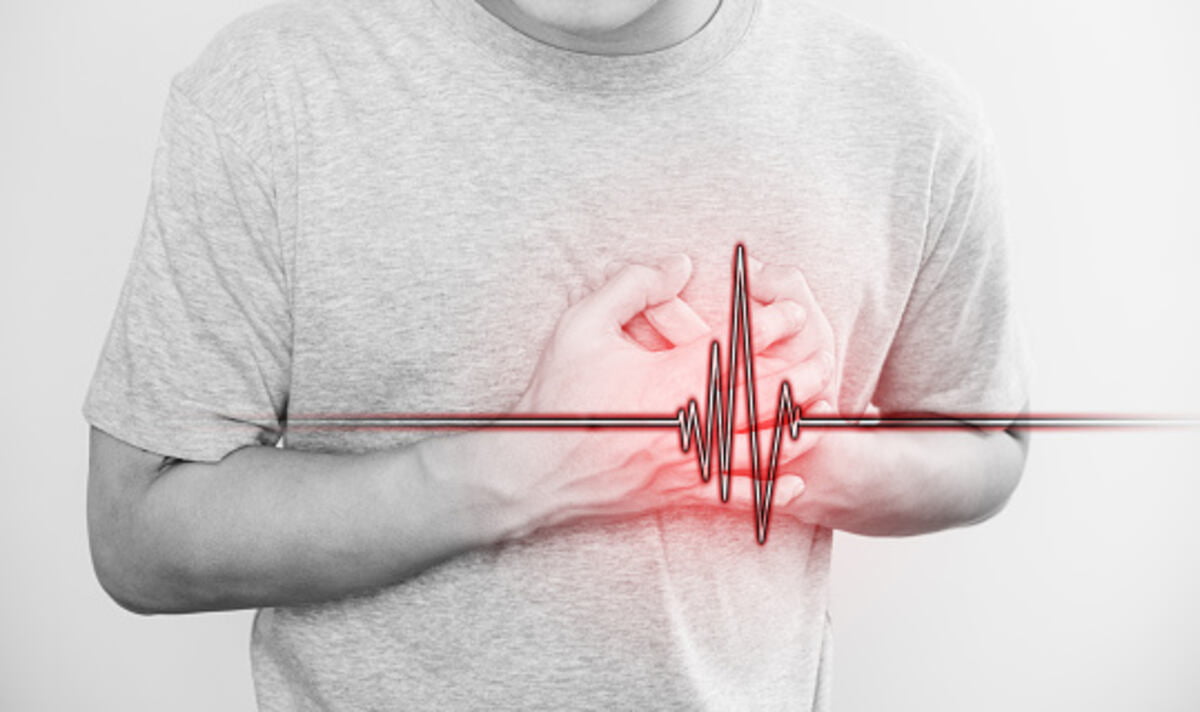Cardiovascular disease (CVD) is a condition that results in blockages in the arteries. Various factors can cause it. Some of these factors include Coronary artery disease, Peripheral arterial disease, and Cerebrovascular disease. Some people also develop a condition called Sudden cardiac arrest. The goal of prevention is to delay the progression of atherosclerosis. Prevention and risk factor modification are essential for those at high risk.
Table of Contents
Coronary artery disease
There are several symptoms of coronary artery disease. The most common are chest pain and discomfort, which may extend to the neck, jaw, and arms. In more severe cases, chest pain can also be felt in the back and abdomen. The pain may be so severe that the patient may experience difficulty breathing and vomiting. In addition, a cardiac electrocardiogram can help detect abnormal heart rhythms.
Coronary artery disease and cardiovascular disease are serious health risks. However, they can be prevented with specific lifestyle changes. For example, you should follow a healthy diet low in saturated fat. In addition, avoid smoking and vaping, which increases the risk of heart disease. Checking your blood pressure is also essential.
Peripheral artery disease
Peripheral artery disease, or PVD, is a common cardiovascular disease. It’s caused by a buildup of plaque in the arteries, which narrows them and limits blood flow. People with peripheral artery disease are also more likely to suffer heart attacks and strokes. It can also lead to other complications, including renal artery disease, which narrows the artery that supplies blood to the kidney.
People with PVD must report any symptoms to their doctor as soon as possible. They may be misdiagnosed as signs of ageing, but a delayed diagnosis can lead to more severe complications. This is because the condition can lead to gangrene or dead tissue.
Cerebrovascular disease
Cerebrovascular disease is a group of disorders affecting blood vessels and the brain’s blood flow. It includes stroke, transient ischemic attack, and vascular malformations. These disorders can lead to bleeding, stroke, or transient ischemic attack (TIA) if left untreated. Treatments for cerebrovascular disease can range from simple anticoagulants to complicated procedures involving multiple stents.
The cerebrovascular disease develops over time through gradual damage to the blood vessels in the head. As these blood vessels become narrow and disfigured, they become more prone to blood clots. In severe cases, a blocked artery can lead to a stroke.
Sudden cardiac arrest
Sudden cardiac arrest is a potentially life-threatening condition in people with cardiovascular disease. Symptoms can include shortness of breath, chest pain, or sudden numbness and are always a cause for concern. Getting immediate care from a doctor is essential if you or a loved one suffers from these symptoms. A heart health checklist can help you determine when you should seek help.
Sudden cardiac arrest can be treated, but the chances of survival are slim. In fact, for every minute after sudden cardiac arrest, the odds of survival decrease by about 10%. Fortunately, you can often survive this emergency, but only if you are quickly and accurately diagnosed.
Stroke
The prevention of acute stroke is one of the most critical healthcare priorities worldwide. The growing incidence of acute cardiovascular events, particularly in older adults, translates into high economic costs. The profile of vascular risk factors is not the same for all patients, but it is essential to be aware of common risk factors to improve primary stroke prevention strategies.
Two of the most common risk factors for cerebrovascular disease are hypertension and age. High blood pressure doubles the risk of stroke and is associated with a higher chance of cognitive impairment. It also increases the risk of aneurysmal subarachnoid haemorrhage. Because of this, preventing stroke by managing hypertension is one of the main strategies for reducing the risk.

